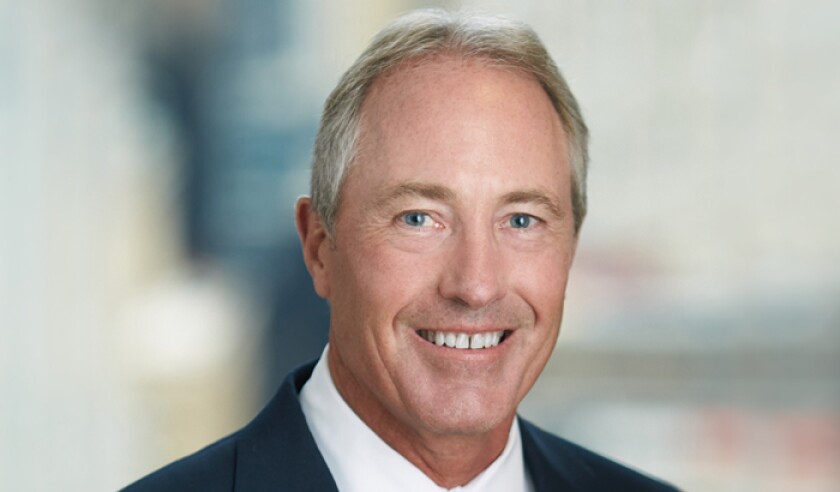“We are talking to a number of ILS investors about non-physical damage BI-type solutions,” he said, speaking at Insurance Insider’s (Re)Connect event. “The hurdle is defining the parameters of the risk and being able to quantify and define it.”
The ILS market will remain integral to the risk transfer landscape with an expanding investor base, though near-term growth will stay in single figures, he forecast.
The 144A cat bond market particularly was on track for a record year of issuance with public entities becoming more active users.
“With climate [change], we see far more [public] utilisation of risk transfer solutions and the ILS market is poised to be the primary catalyst for providing that support,” Priebe said.
He also noted growing interest from reinsurers to access the ILS market as a substitute for retrocessional capacity through aggregate industry-based structures.
But sidecar transactions had “tailed off”, owing to their complexity, at a time when investors were looking for clarity, simplicity and clear understanding of risk.
Discussing systemic risks like pandemic, Priebe anticipated future industry partnership with governments. The industry would be “a part of the solution,” but would not bear the risks alone.
He said (re)insurers needed to do a better job in defining coverage in clear, simple terms that let clients know what is and is not covered to avoid disputes in the future.
“We need to do a better job on new risks like pandemic and cyber, particularly in intangibles and non-physical damage. Reinsurers can help with solutions, from a risk transfer standpoint and with better managing exposure,” Priebe said.
On cyber, he said that a move towards affirmative cover or exclusions in the reinsurance industry have helped stamp out “silent cyber” coverage. But moving to standalone cyber policies would enable better understanding and quantification of the risk by putting it in a “box”.
“Until all cyber risk is excluded from traditional risk policies and moved to standalone cyber policies, the remediation probably hasn’t gone far enough.”
On ESG disclosures, Priebe said that it would be difficult to drive more information disclosure between insurers and reinsurers without regulatory action and that disclosing more information could put cedants at a competitive disadvantage.
"Certain reinsurers are asking for this information, but not everyone is,” he said.
It would also help if reinsurance pricing became more competitive for ESG-friendly portfolios and insurers could see a bottom-line benefit to doing additional work.
“Regulatory [measures] and good old capitalism will stimulate a more responsive direction to ESG requirements,” he forecast.


